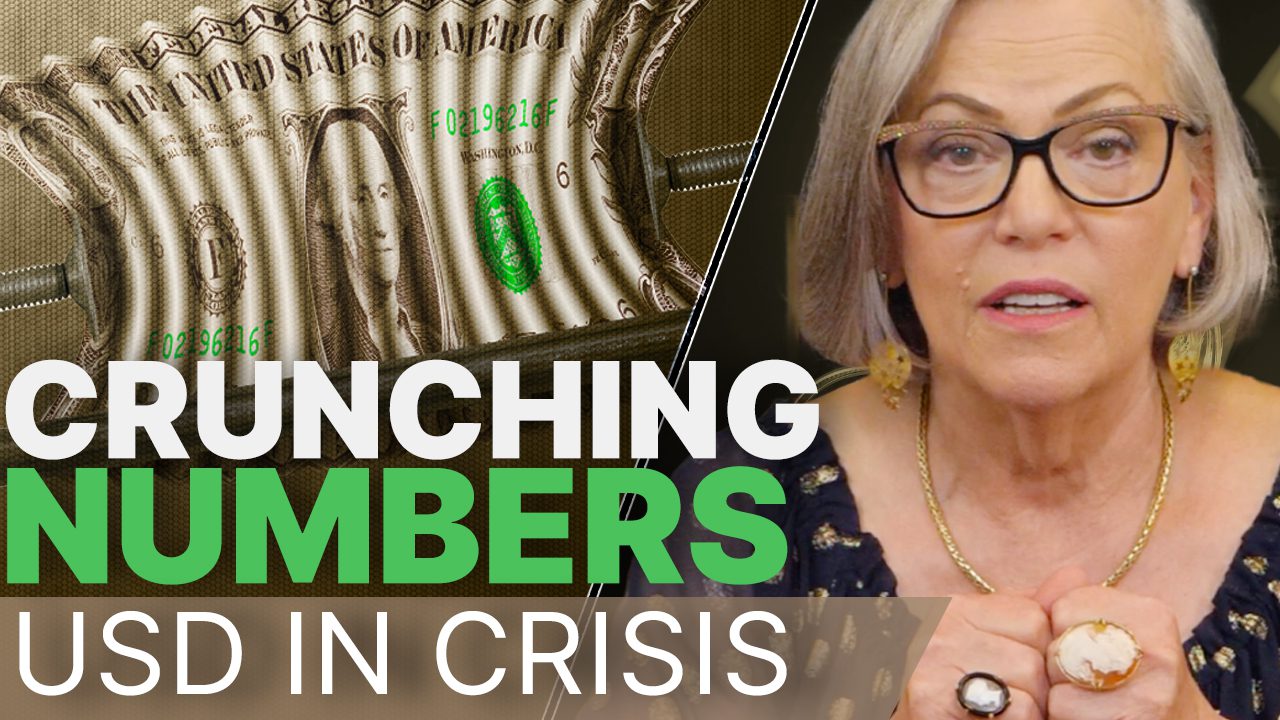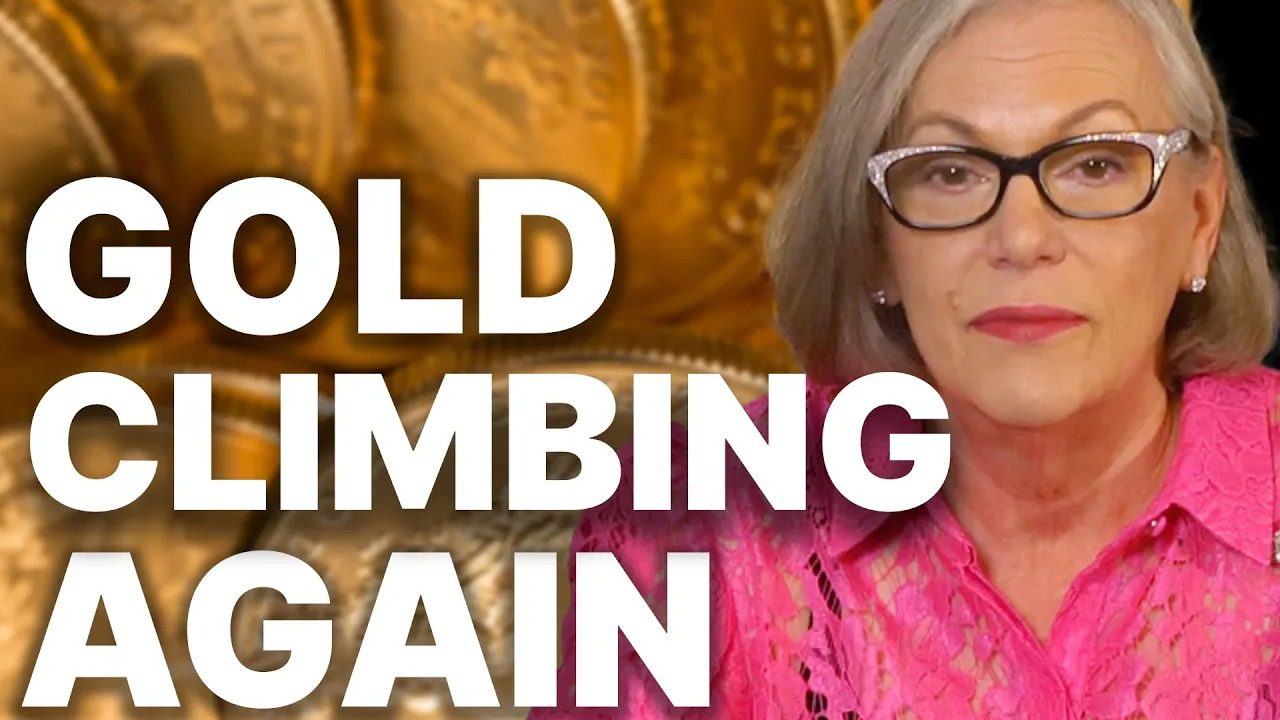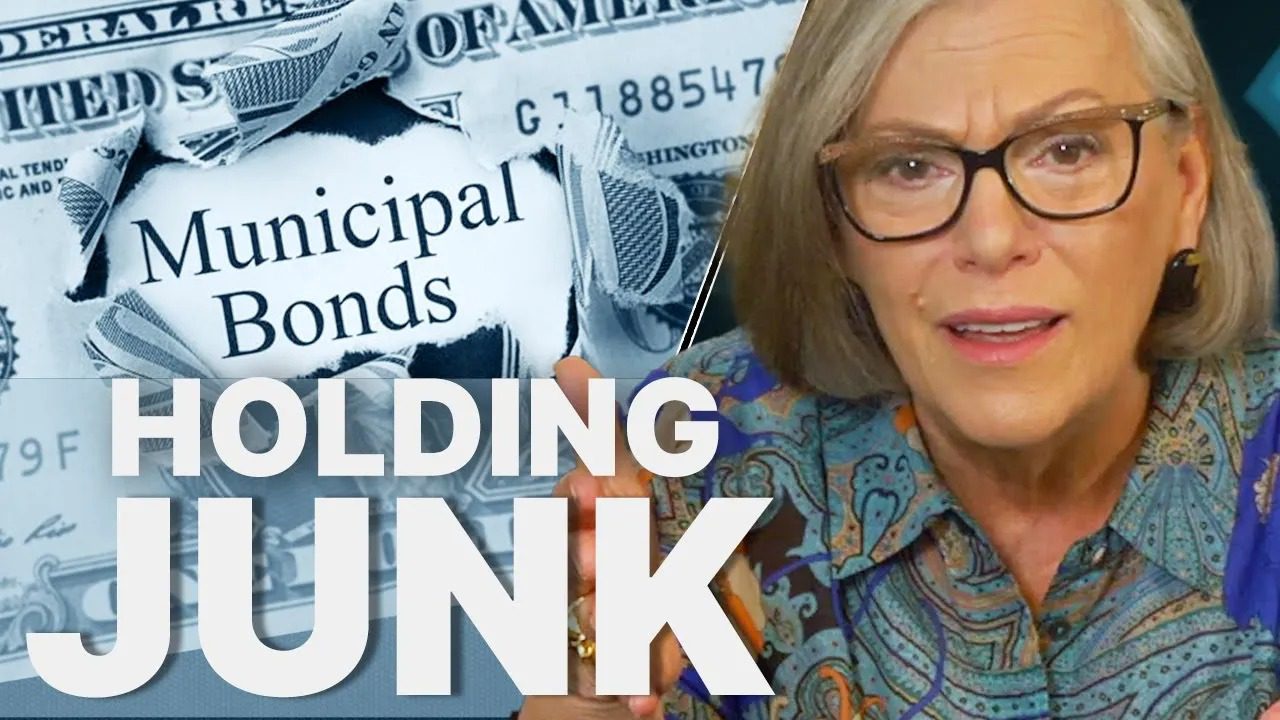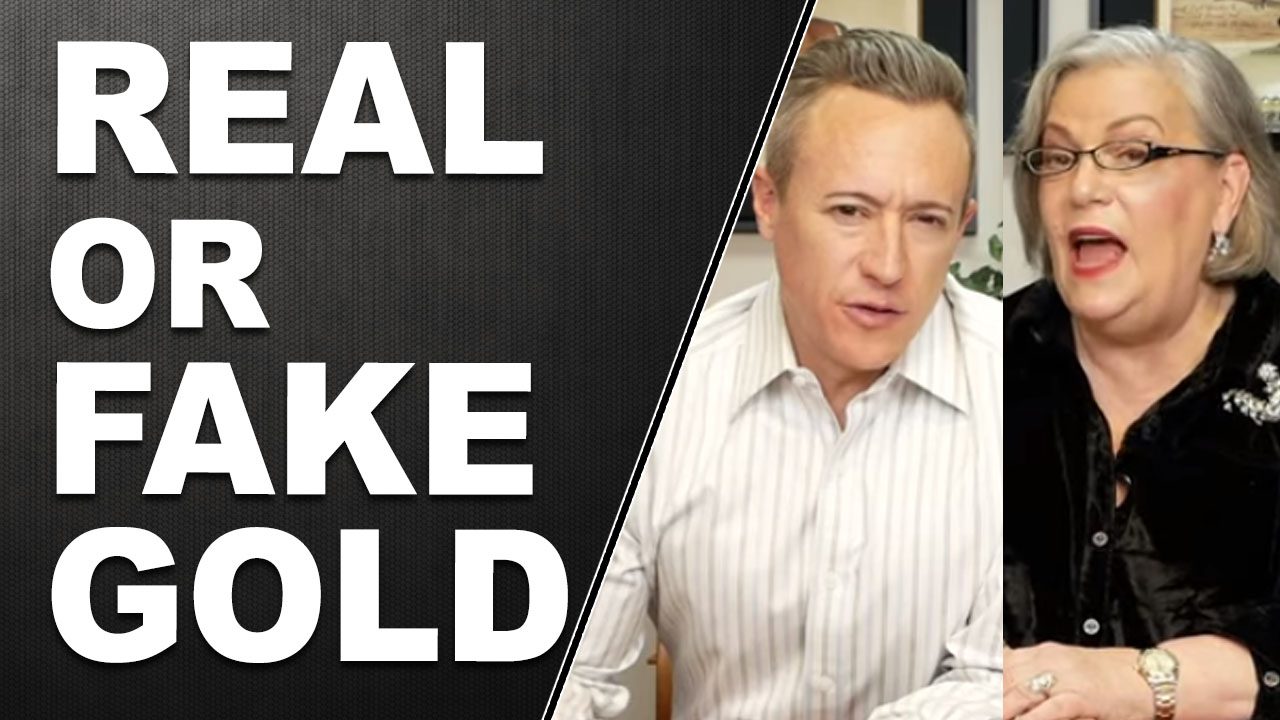Hyperinflation in History

Hyperinflation is characterized by a rate of inflation of 50% or more per month. To give you an idea of rates of hyperinflation and how it relates to prices, with a rate of inflation of 13,800% monthly prices would double every 4.3 days. This was the case in Greece in 1944 (more on this later). With the massive amounts of money being printed by the Federal Reserve today there is much talk of out-of-control inflation coming to the US.
Hyperinflation usually happens when wars and poor monetary and fiscal policies collide. But at the core of hyperinflation is a dramatic increase in the money supply without a corresponding increase in economic growth/GDP; sound familiar?
In 2008, Steve H. Hanke, professor at Johns Hopkins University and Senior Fellow at the CATO institute, studied hyperinflation in Zimbabwe to see how it compared to historical cases of out-of-control inflation. He found that 17 hyperinflations occurred during the 20th century none of which occurred in the US. However the US did come close during the Revolutionary and Civil Wars when the government printed money to pay for the wars. He also found that no hyperinflation occurred when the currency was tied to a commodity or hard asset. It is only when a currency is allowed to be printed freely without a natural constraint that hyperinflation reared its ugly head. Keep in mind that the US has been off of the gold standard since 1971.
The report illustrates the top five worst cases of hyperinflation in history:
Number 5: Greece 1944, 13,800% monthly inflation. The average time a Drachma note was held in Greece prior to hyperinflation was 40 days. At the peak of hyperinflation that average time fell to 4 hours. The velocity of money was very high. No one wants to hold money if they know that tomorrow it will buy less than today. This exacerbates the situation. Inflation is calculated using the following formula, MxV=PxQ where M is the quantity of money, V is the velocity with which it changes hands, P is the prices and Q is the real value.
Number 4: Germany 1923, 29,500% monthly inflation. Their gold standard was eliminated in 1914 and hyperinflation began to run in 1919. In 1914 their Mark was 4.2 to 1 US dollar; by November of 1923 that ratio went to 238 million to 1 US dollar. In 1919 it took 170 Marks to buy an ounce of gold, by November of 1923 it took 87 trillion Marks to buy that same ounce of gold.
Number 3: Yugoslavia 1994, 313,000,000% monthly inflation. Prices doubled every 1.4 days. The social structure of the country became difficult to maintain because citizens would avoid paying their bills because they were being devalued so quickly. Price controls were implemented by the government which provided disincentives for farmers to sell their crops which shut stores down and prices went through the roof rapidly.
Number 2: Zimbabwe 2008, 79.6 billion percent monthly inflation. At one point the price of a loaf of bread went from $5 million to $35 million overnight. Their currency at one point was worth 1.25 US Dollars. Government mismanagement is the main cause of hyperinflation in Zimbabwe starting with a redistribution of land from European farmers to Zimbabwean farmers which eventually led to the government printing 21 trillion to pay off IMF loans, and from there it spiraled out of control.
Number 1: Hungary 1946, 13.6 quadrillion percent monthly inflation. Prices doubled every 15.6 hours. After the collapse of the Pengo a new currency was issued and it was backed by gold which stabilized the country.
To read more about this study and the causes of hyperinflation in each of these events go to:
http://www.cnbc.com/id/41532451?slide=1













